MARIA BLANCHARD (1881-1932)
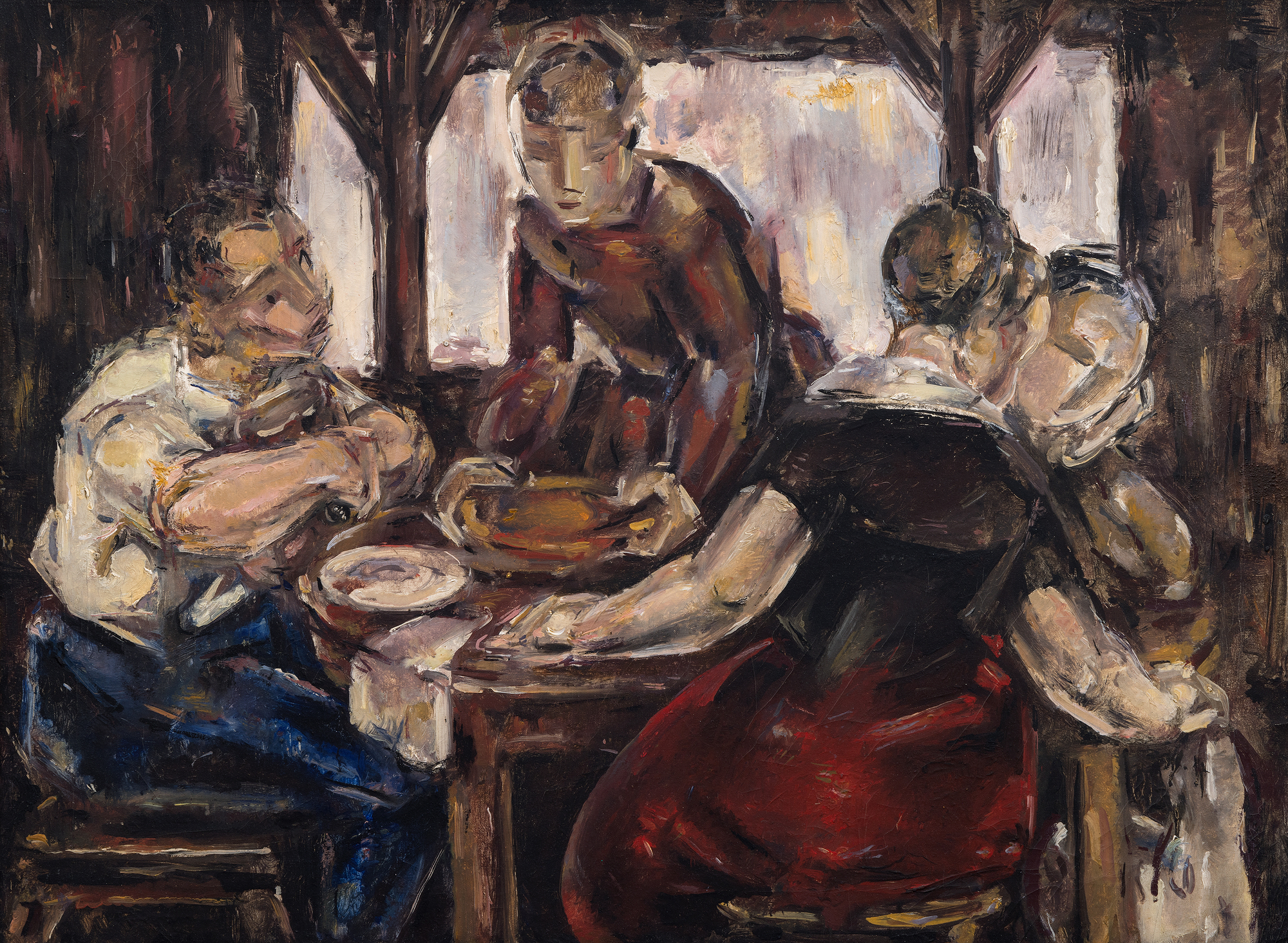
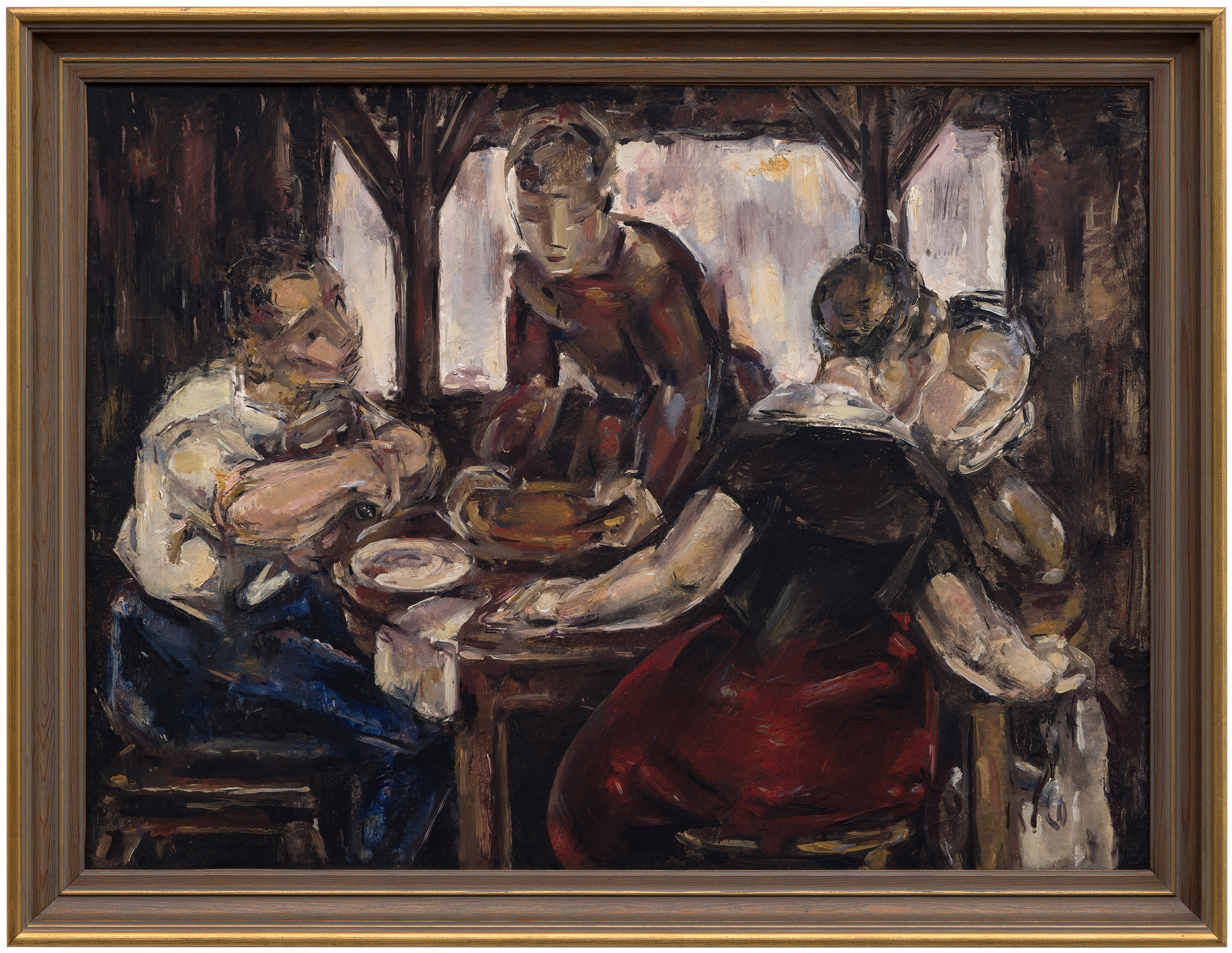
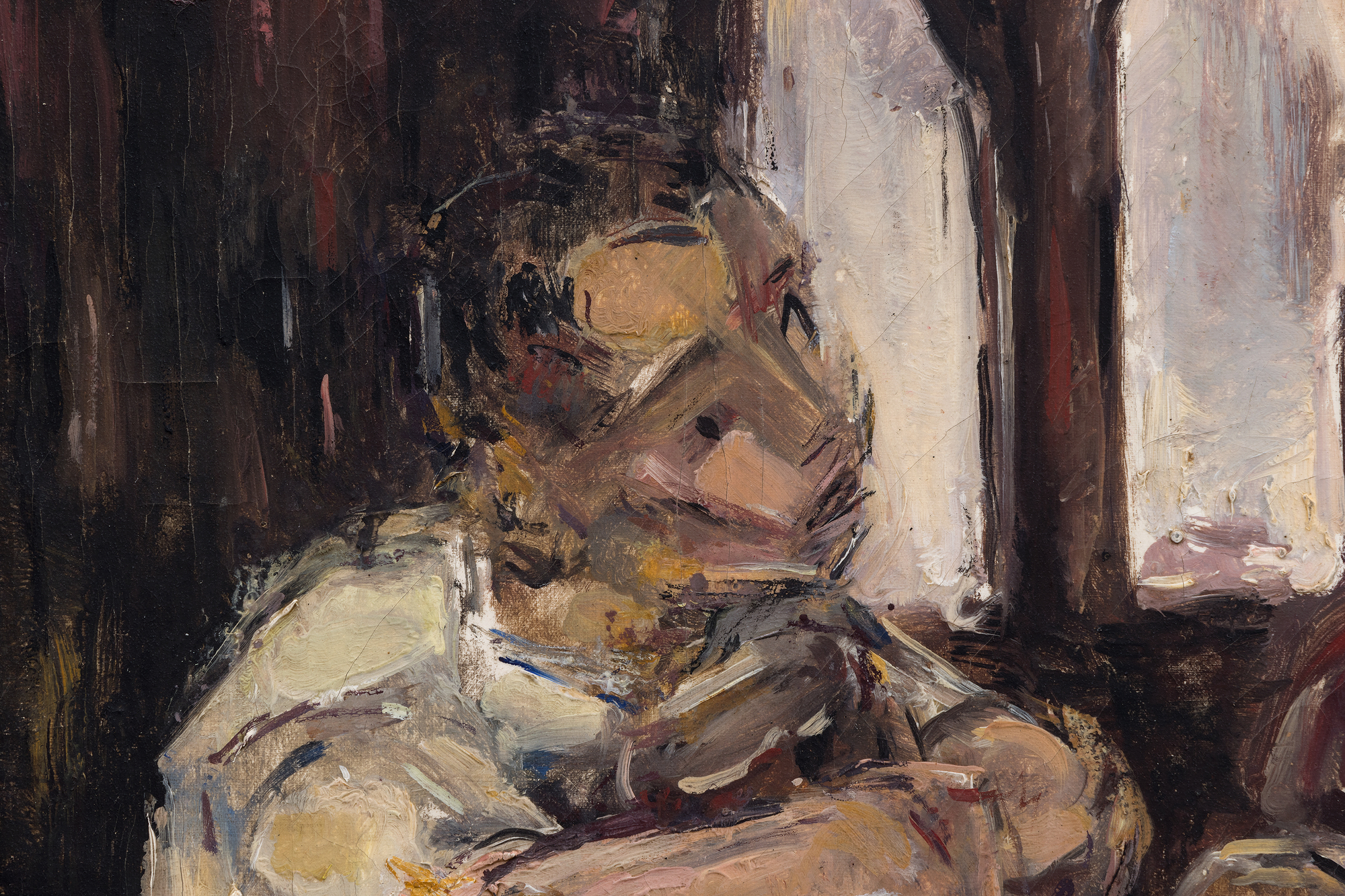
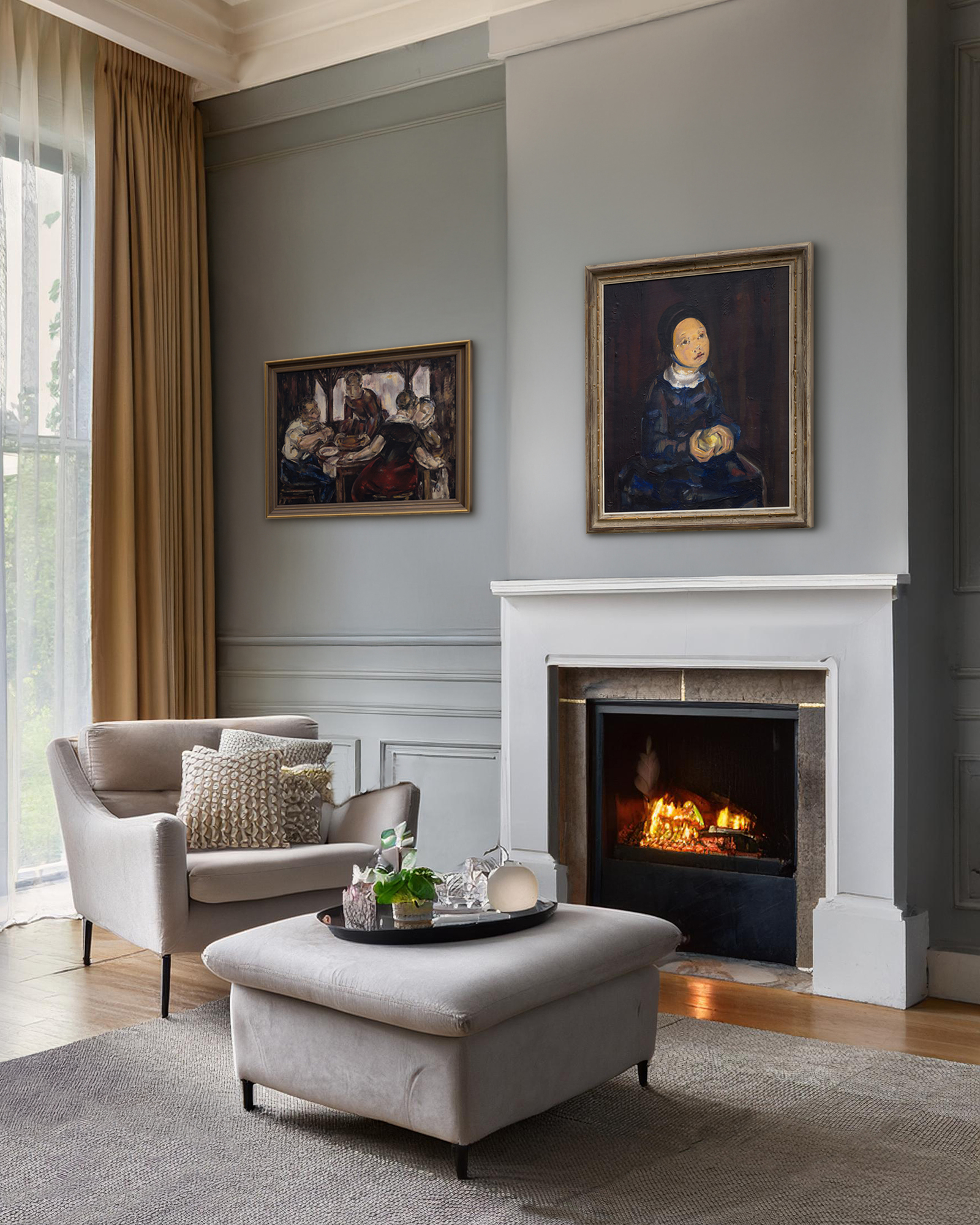
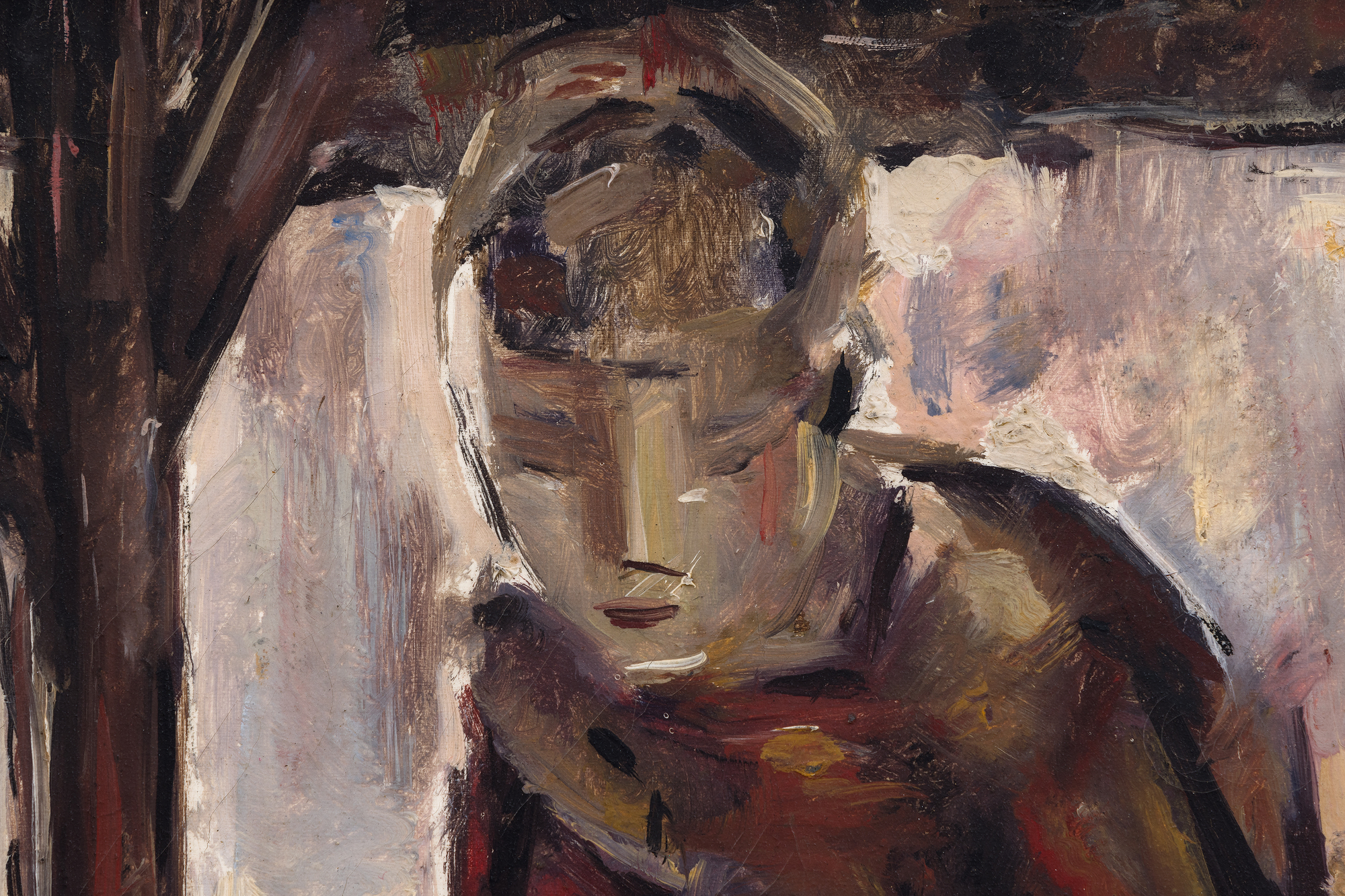
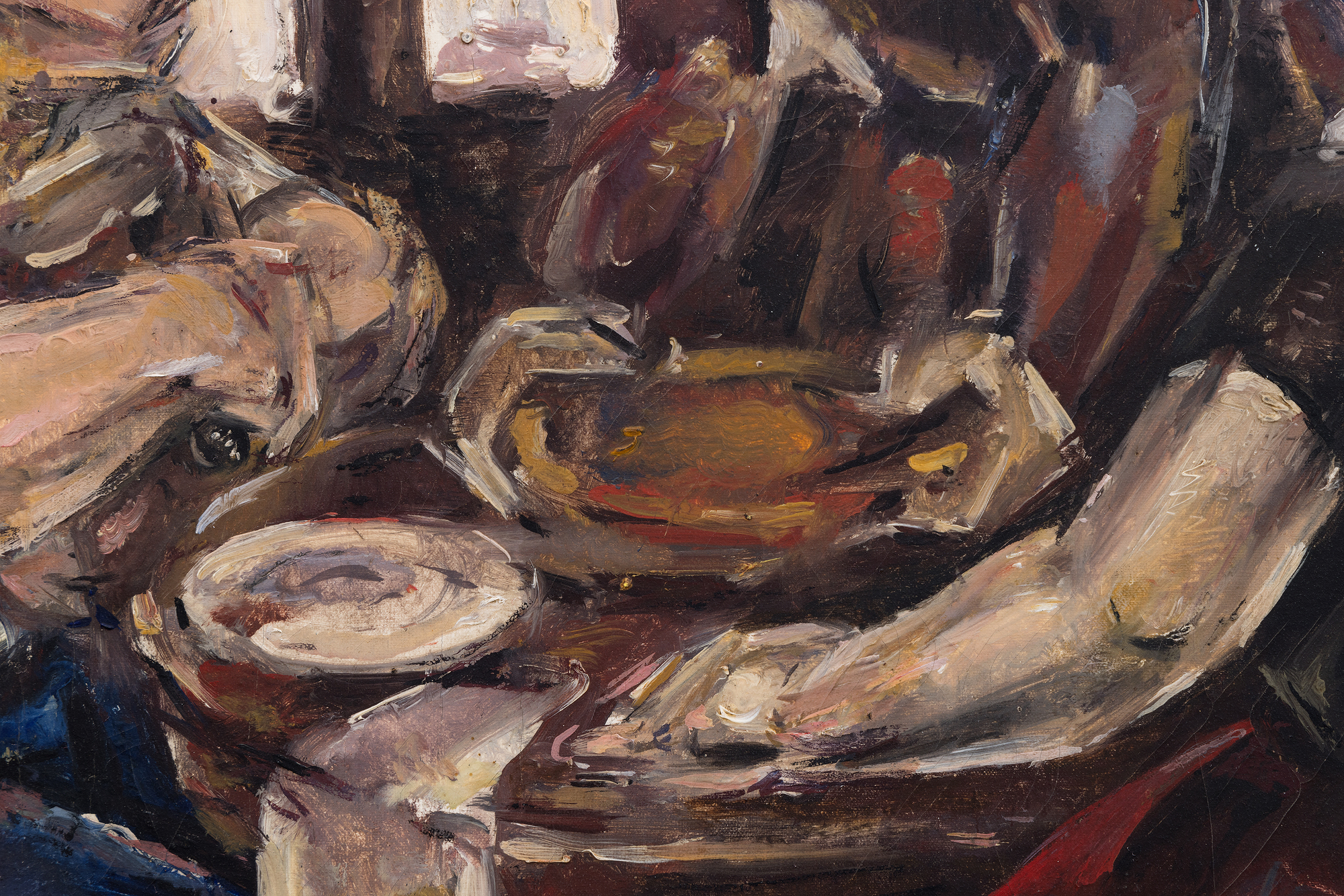
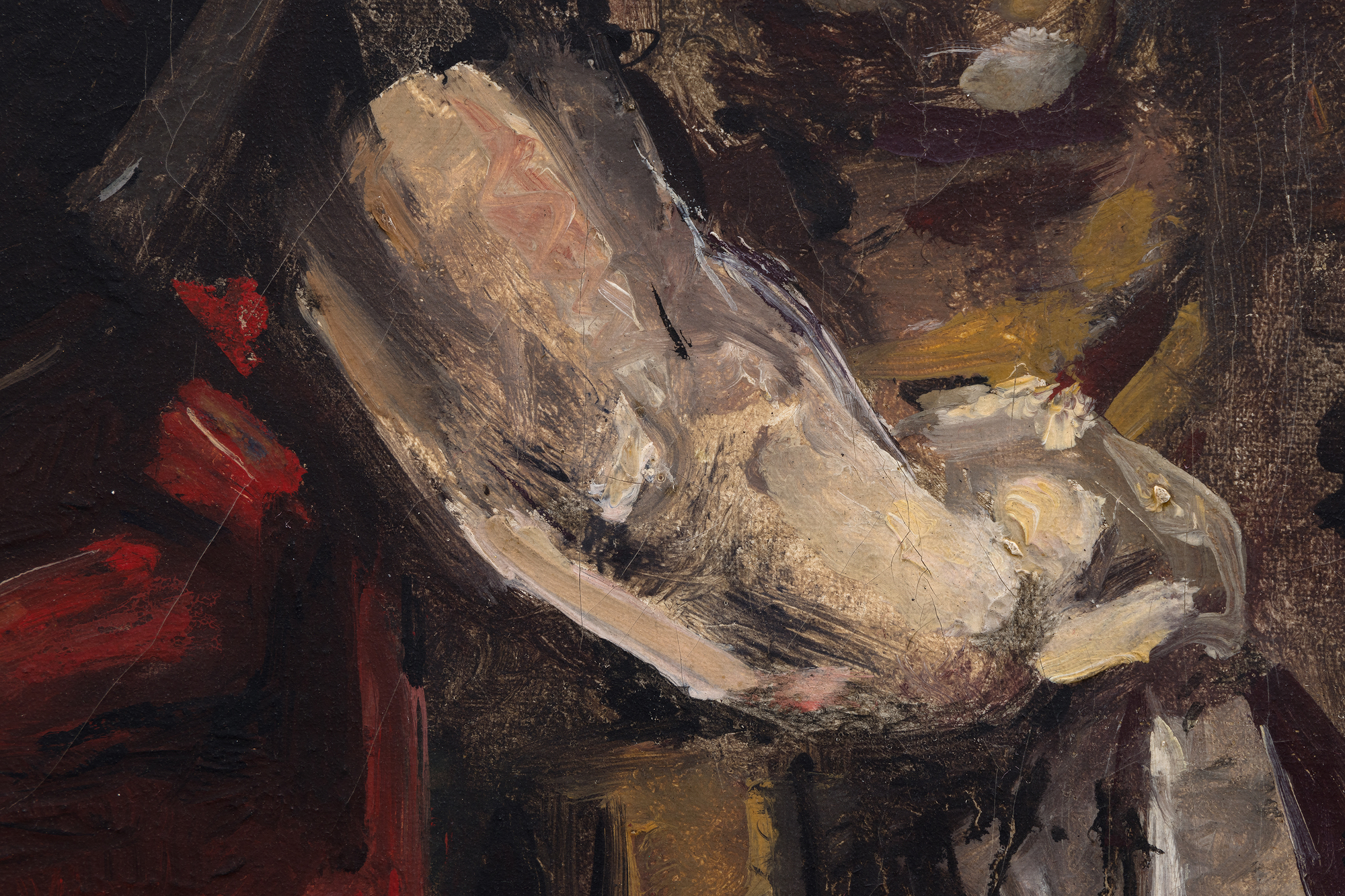
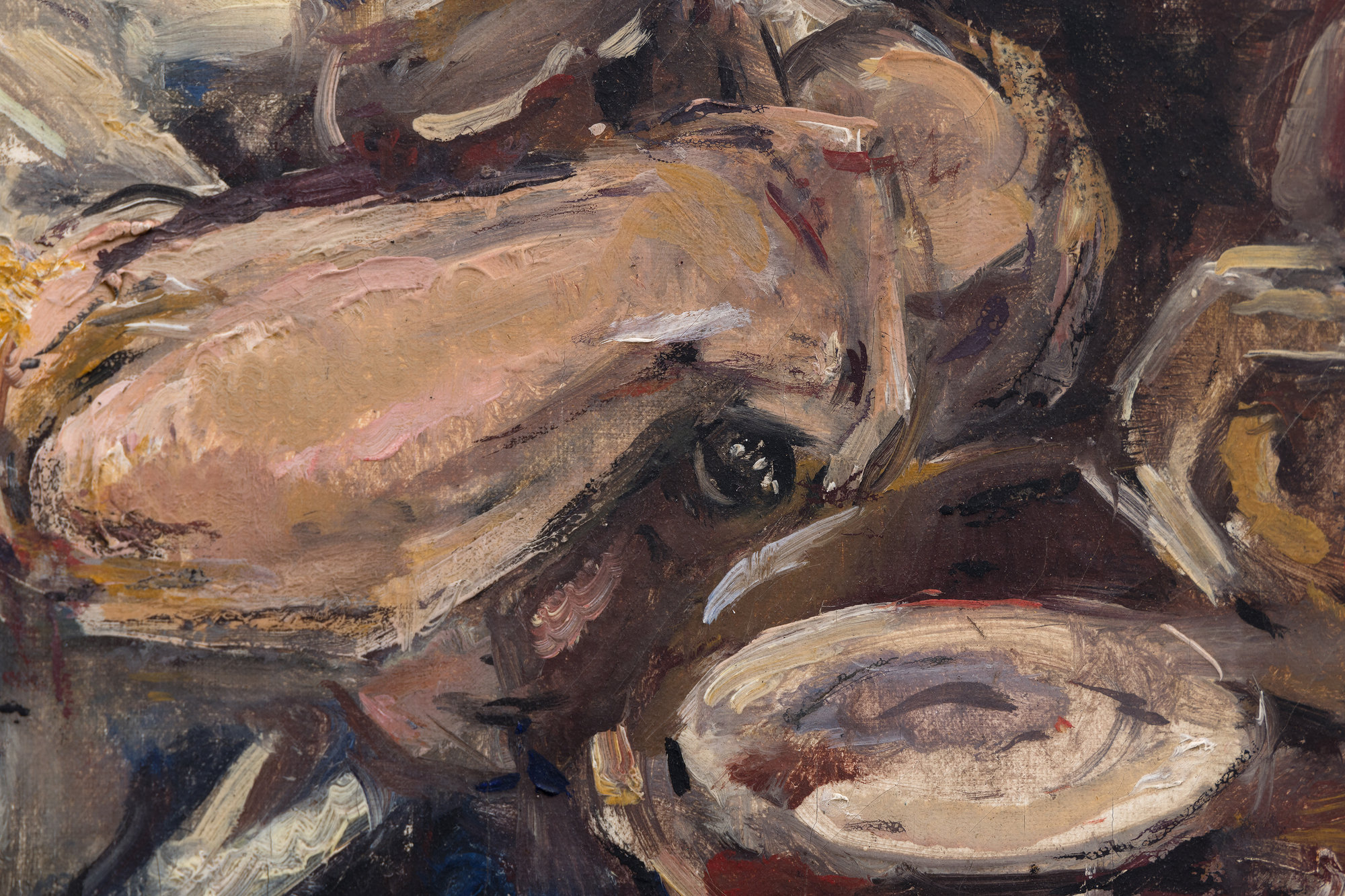
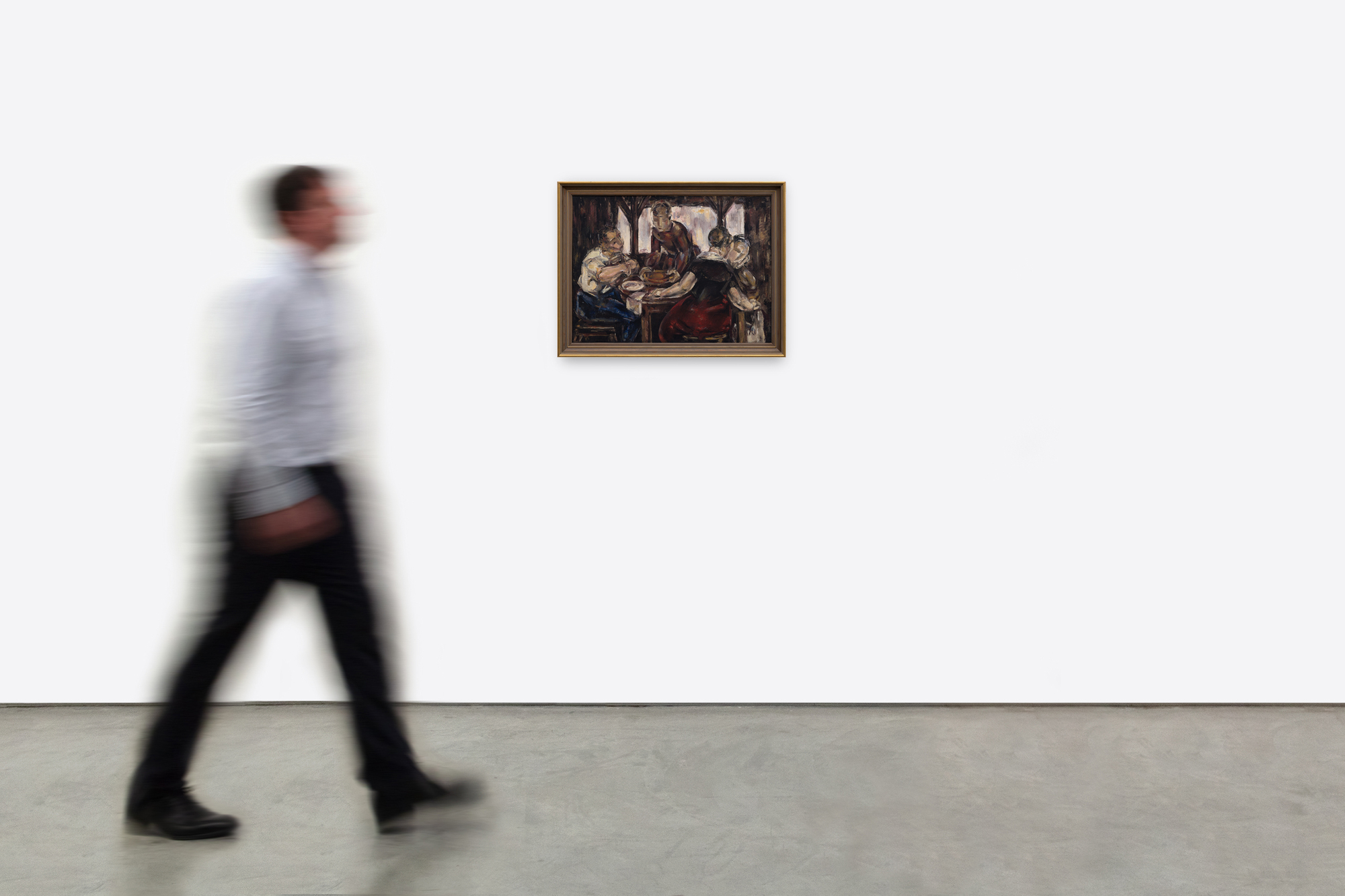

Provenienz
Sammlung von Carmen Egea Gutierrez, der Nichte des KünstlersPrivatsammlung, durch Abstammung von oben
135,000
Blanchards Werk nach 1921 überbrückt zunehmend die Kluft zwischen den starren Formen des frühen Kubismus und einer emotionaleren, persönlicheren Darstellung ihrer Themen. Geometrische Strenge ist vorhanden, aber das naturalistische Licht und die volumetrische Komposition der Szene lassen den Einfluss Cézannes erkennen. Die scharfen Pinselstriche und die kantigen Figuren vermitteln ein Gefühl des Schutzes und spiegeln Blanchards Absicht wider, den inneren Geist ihrer Figuren vor den Blicken anderer zu schützen. Dennoch lädt ihre sensible Darstellung den Betrachter dazu ein, sich emotional mit ihrem Werk zu verbinden und ein Gefühl von Intimität und stiller Verbundenheit zu erzeugen. Trotz der düsteren Farbgebung ist eine subtile Wärme zu spüren, da der innere Geist der Figuren vor einer Beurteilung geschützt ist, ähnlich wie bei van Goghs Gemälden. Durch die Synthese von Elementen des Kubismus fügte Blanchard den ländlichen Themen, die van Gogh erforschte, eine emotionale Komplexität hinzu, die ihren Beitrag unverwechselbar macht und dennoch die früheren künstlerischen Traditionen widerspiegelt.


